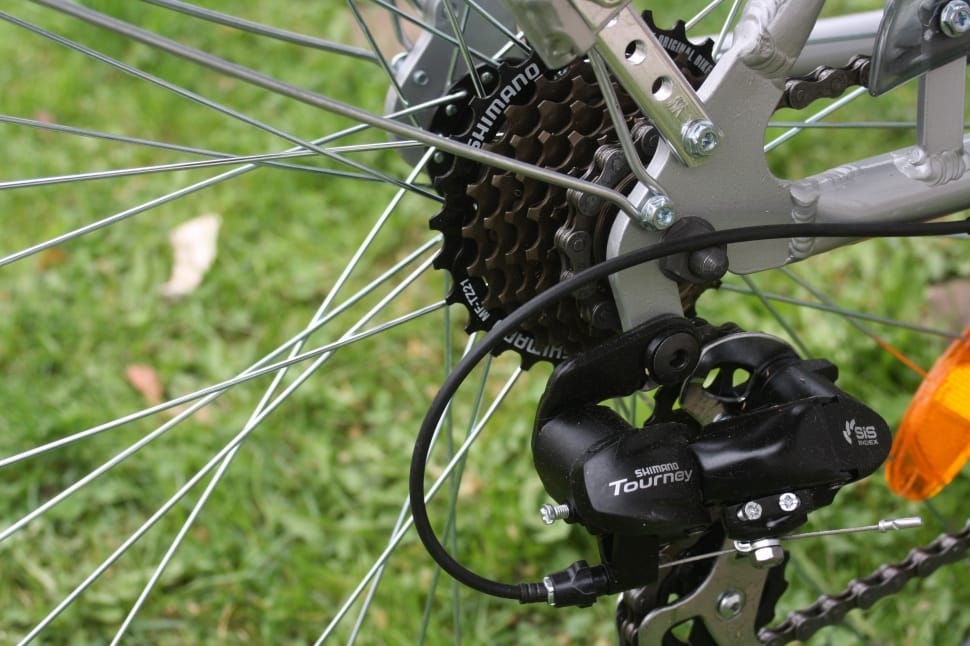Understanding how to shift gears on a bike is essential for any cyclist aiming to optimize performance and enjoy a smoother ride. Effective gear shifting can make a significant difference in your cycling experience, allowing you to conquer various terrains with ease and conserve energy over long distances.
In this comprehensive guide, we will delve into the intricacies of gear shifting, providing cyclists of all levels with the knowledge they need to confidently navigate their bike’s gear system. From the basic mechanics of gear ratios to practical tips for seamless transitions, we will cover everything you need to know to become proficient in the art of shifting gears.
So, let’s learn how to shift gears on a bike for beginners!
What Are Bike Gears?
Bike gears are mechanisms that allow cyclists to adjust the resistance and power needed to pedal, especially when encountering different terrains or gradients. They consist of a combination of chainrings (attached to the pedals) and cogs (attached to the rear wheel).

Bikes typically have multiple gears, organized into “speeds” or “gear ratios.” Common setups include single-speed bikes (with only one gear), multi-speed bikes (with multiple gears), and geared systems such as derailleurs or internally geared hubs.
By shifting gears, cyclists can either make pedaling easier (by reducing resistance) or harder (by increasing resistance). Understanding how to use bike gears effectively can significantly enhance a cyclist’s performance, making it easier to climb hills, maintain a comfortable cadence, or ride at higher speeds on flat terrain.
Types of Gear Systems
Modern bicycles come equipped with various gearing systems to suit different riding styles and environments. Let’s explore the three main types:
- Single-speed system: This system offers simplicity and low maintenance. With only one gear ratio, it’s ideal for flat terrains and urban commuting where frequent gear changes aren’t necessary. Riders must rely on their strength and cadence to maintain speed and tackle inclines.
- Multi-speed systems: These systems, typically operated by derailleurs, offer a range of gears to navigate various landscapes comfortably. They provide flexibility and precision in controlling speed and effort, making them suitable for diverse terrain and riding styles.
- Internal hub gears: Enclosed within the rear hub, internal hub gears provide protection from the elements and a clean appearance. They offer smooth gear transitions and can even shift gears when the bike is stationary, making them popular for city bikes and riders seeking low-maintenance options.
Each gearing system has its advantages and is suited to different riding styles and environments, allowing cyclists to choose the option that best fits their needs and preferences.
How to Shift Gears on a Bike?
Below is a guide on how to shift bike gears like a pro.
Right Hand (Rear Gears)
The right hand operates the rear gears through the shifter, which controls the rear derailleur. Upshifting refers to moving to a higher gear, typically done when accelerating on flat surfaces or descending to increase speed while reducing pedaling effort.
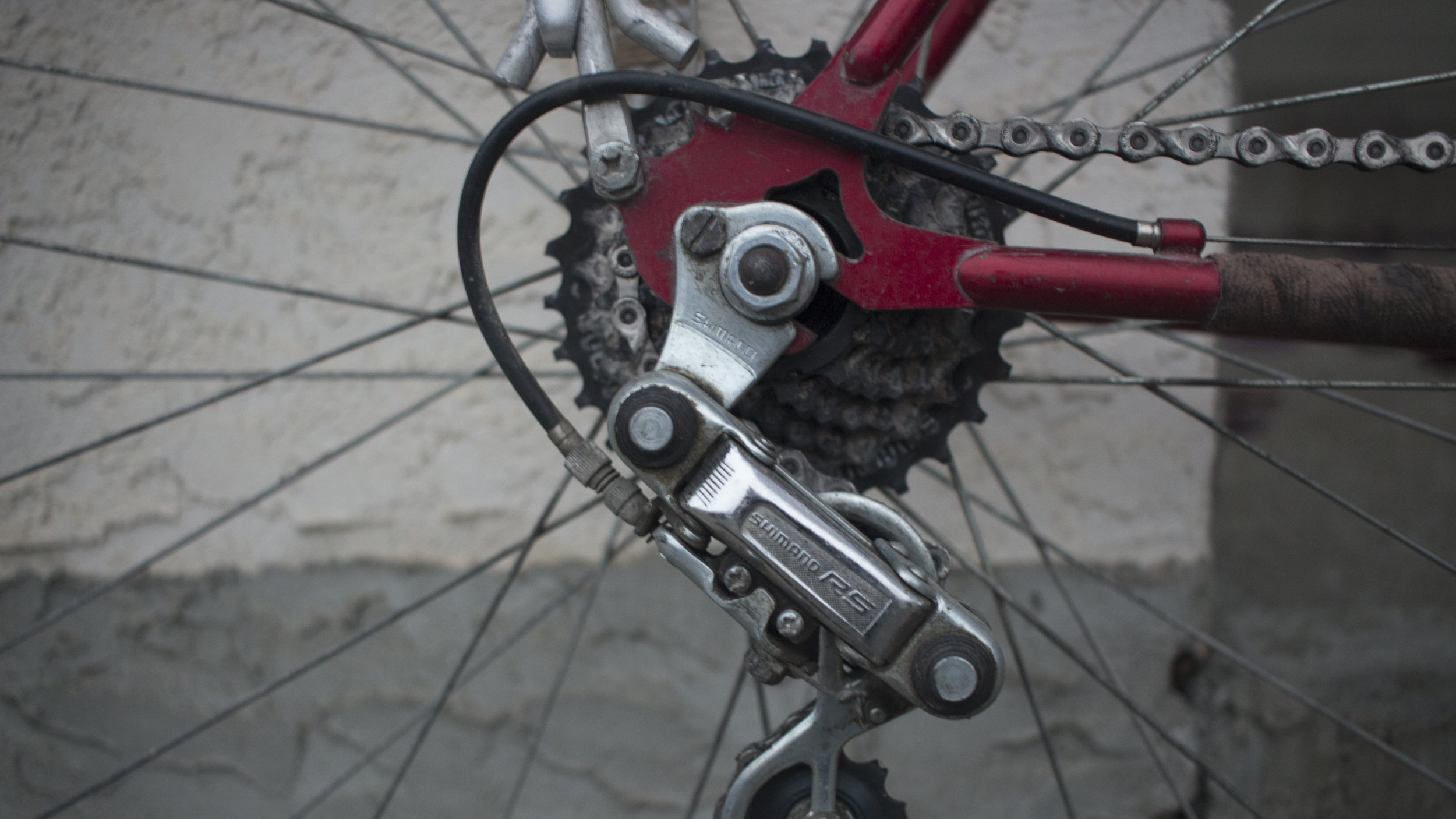
Meanwhile, downshifting transitions to a lower gear, useful for climbing hills or when additional power is needed at a lower speed. To execute, lightly pedal and click the shifter; one click equals one-speed change.
It’s crucial to anticipate terrain changes and shift accordingly, ensuring a smooth ride and preventing strain on the bike’s components.
Left Hand (Front Gears)
To adjust the front gears, use your left hand to operate the left shifter, which controls the front derailleur. Gently push or pull the lever to move the chain between the large, middle, and small rings. This action changes the pedaling resistance and speed.
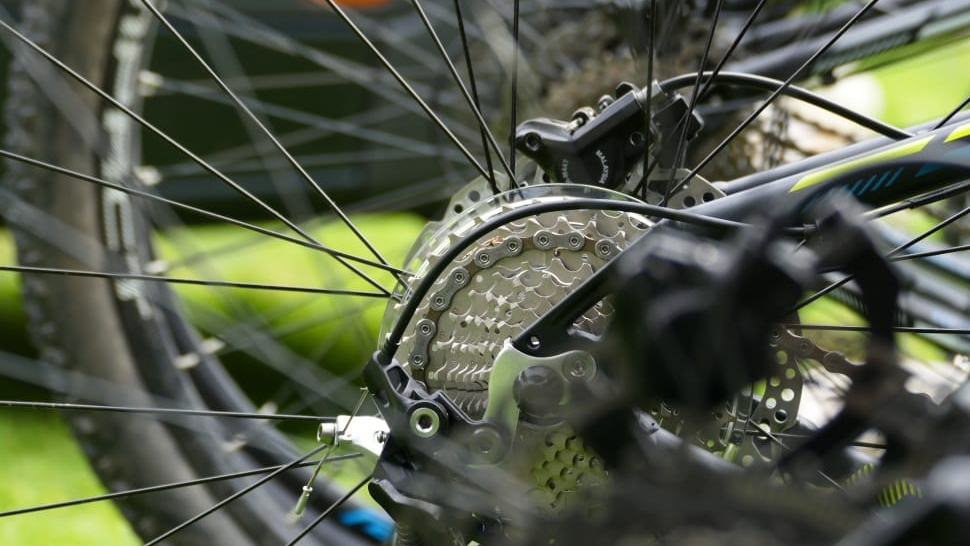
It’s crucial to avoid cross-chaining, which occurs when the chain stretches diagonally across the gear rings, causing undue stress on the bike’s components. This is typically when the chain is on the largest front ring and the largest rear cog or the smallest front ring and the smallest rear cog.
To prevent this, shift the front gear in anticipation of the terrain. For example, use the smaller ring for uphill climbs and the larger one for flat terrains or descents.
Shifting Gears on Different Types of Bikes
- How to Shift Gears on a Road Bike: Use the shifters on the handlebars to move the chain between gears, adjusting for terrain and cadence.
- How to Shift Gears on a Mountain Bike: Utilize the gear shifters to adjust for inclines, declines, and varied terrain, ensuring smooth pedaling.
- How to Shift Gears on a Bike with Twist Shifter: Twist the grip shifter on the handlebars of the bike to move between gears, adjusting for ease or difficulty of pedaling.
- How to Shift Gears on a Bike Old Gear Lever: With an older bike featuring manual gear levers, physically move the lever to adjust the positioning of the chain, optimizing for terrain and pedaling effort.
- How to Shift Gears on a Bike for Dummies: Understand the gear system, use the shifters to adjust for terrain and pedaling comfort, and gradually gain proficiency.
- How to Change Gears on a Mountain Bike for Beginners: Start in low gear for uphill climbs, using the shifters to adjust as needed for terrain changes and pedaling efficiency.
- How to Shift Gears on a Bike Shimano: Manipulate the shifters to move the chain between gears, adapting to terrain and riding conditions.
- How to Shift Gears on a Bike MTB: Use the gear shifters to adjust for changes in terrain, optimizing pedaling efficiency and control.
When to Use Your Gears?
Knowing how to change gears on a bike and when to use the gears is essential for a smooth and efficient ride, whether you’re a beginner or an experienced cyclist.

On flat terrain, it’s recommended to employ moderate gears that facilitate a comfortable cadence without necessitating excessive effort, thereby ensuring a consistent and fluid pedaling motion. Moreover, when ascending hills, transitioning to lower gears alleviates the strain on your muscles, making pedaling easier.
Contrarily, while descending hills or navigating downhill sections, shifting to higher gears enables you to take advantage of gravity while still maintaining control over your speed.
To seamlessly adapt to fluctuations in speed or terrain, it’s important to anticipate your shifting requirements. Proactively adjusting gears helps prevent sudden disruptions to your rhythm, ultimately enhancing the overall enjoyment of your cycling experience.
How to Avoid Cross-Chaining?
To maintain smooth cycling, it’s vital to grasp the interplay between front and rear gears, thereby avoiding the strain of cross-chaining. Anticipating terrain changes helps in preemptively adjusting gears for optimal performance.

When shifting, ensure a straight chain line by selecting appropriate gear combinations. Extreme gear setups, such as large chainrings with large rear cogs, should be avoided to prevent cross-chaining. Moreover, planning shifts ahead, especially for transitions between inclines and declines, contributes to a seamless riding experience.
Listen attentively to your bike for any signs of strain or resistance, adjusting your gears accordingly to ensure a smooth and enjoyable cycling experience. With regular practice, you’ll develop a natural feel for shifting gears, allowing for effortless rides in any condition.
How to Find the Best Gear Combination?
Finding the optimal gear combination on a bicycle hinges on the rider’s comfort, the terrain, and the cycling conditions. Start by identifying the cadence that allows you to pedal with ease and efficiency.
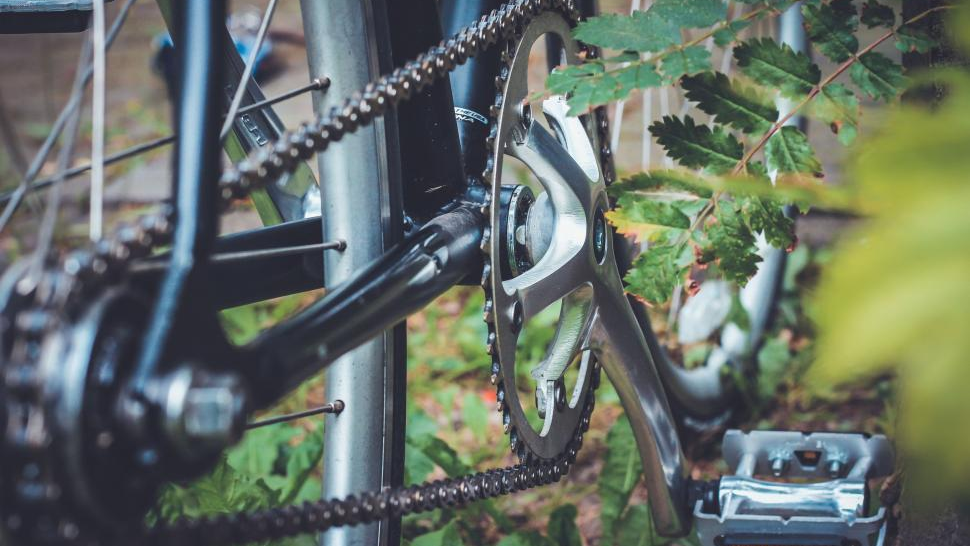
For flat landscapes, a front mid-range paired with a slightly higher rear gear can offer a balanced blend of speed and resistance. In contrast, uphill routes demand a lower front gear coupled with a higher rear cog to reduce strain and maintain momentum.
On the other hand, for speed on descents, select a higher front gear and a mid-to-low rear gear. Always shift gears in anticipation of terrain changes, not reactively, to keep the chain aligned and the ride smooth.
Regular practice will refine your ability to intuitively select the best gear combinations, enhancing your cycling experience and performance. Remember, the best gear is the one that keeps you moving forward with confidence and comfort.
Tips for Proper Shifting
Knowing how to shift bike gears like a pro and predicting terrain shifts is paramount. As you approach an incline, pre-emptively downshift to maintain a steady cadence and conserve energy. On descents, upshift to capitalize on gravity and accelerate.
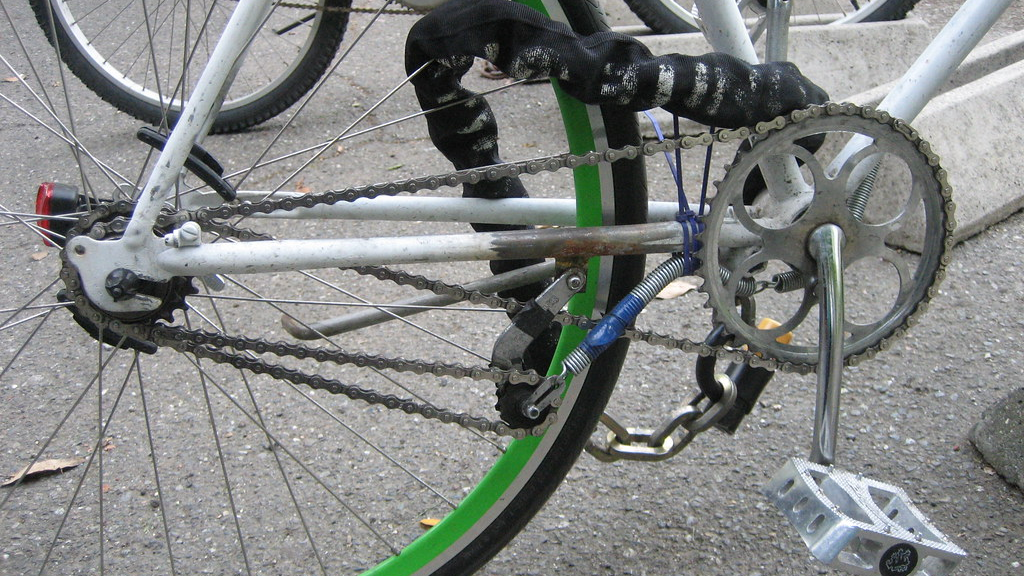
Learning how to ‘feather’ the pedals during gear transitions is also crucial. This technique involves lightening pedal pressure as you shift, facilitating a smoother gear engagement and reducing stress on the drivetrain.
Additionally, maintaining an optimal cadence, typically between 60-100 revolutions per minute, allows for efficient energy use and better control over your speed and exertion. By integrating these practices, cyclists can enhance their riding efficiency, ensuring a more enjoyable and effective journey.
How to Fix a Gear Shift on a Bike?
Here’s a quick guide to fixing gear shift problems:
- Check Cable Tension: Make sure shift cables are properly tensioned to avoid shifting issues. Adjust using the barrel adjuster or get help from a bike mechanic.
- Clean and Lubricate: Keep shifters and derailleur mechanisms clean and lubricated to maintain smooth shifting.
- Inspect for Bent Derailleur Hangers: Misalignment due to bent hangers can cause poor shifting. Use a derailleur alignment tool or seek professional assistance.
- Replace Worn Components: Shift cables, housing, and derailleur pulleys can wear out over time. Replace them as needed for optimal performance.
Basic Drivetrain Maintenance
Apart from learning how to shift gears on a bike for dummies, maintaining your bike’s drivetrain is essential for a smooth ride and longevity of components. Regular cleaning removes debris that can wear down gears. Use a soft brush and a degreaser to clean the chain, cogs, and chainrings.

After cleaning, thoroughly dry and apply a lubricant specifically designed for bike chains to reduce friction and prevent rust. Periodic adjustments ensure gears shift smoothly. Check the tension and alignment of the chain, and make sure the derailleurs are properly calibrated.
If you’re not comfortable making these adjustments yourself, a local bike shop can assist. By following these maintenance practices, you can ensure your gear system operates efficiently and extends its lifespan, saving you from costly repairs or replacements and keeping your rides enjoyable
Conclusion
Hope you found out how to shift gears on a bike. This guide has also covered how to change gears for dummies, providing you with the steps and tips necessary to help you shift gears efficiently, ensuring a smooth ride.
Understanding gear mechanics, proper shifting techniques, and maintenance practices is essential. Moreover, by anticipating terrain changes, selecting optimal gear combinations, and practicing smooth transitions, cyclists can enhance their efficiency and enjoyment on the road or trail.
Now, it’s your turn to apply these techniques and discover the most comfortable gear settings for your adventures. So, take your bike out and practice shifting gears to fully enjoy the benefits of a tailored cycling experience.
FAQs
The lowest speed on a bike is usually 1 or 1st gear.
A 7-speed bike has one front chainring and seven rear cogs, offering seven gear ratios.
Use a lower speed, which is a smaller chainring, and a larger cassette gear.
Yes, pedal lightly while shifting gears to ensure smooth transitions.

